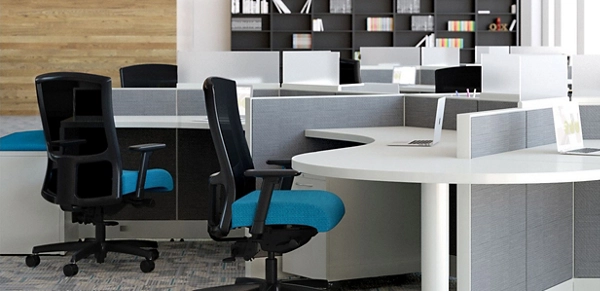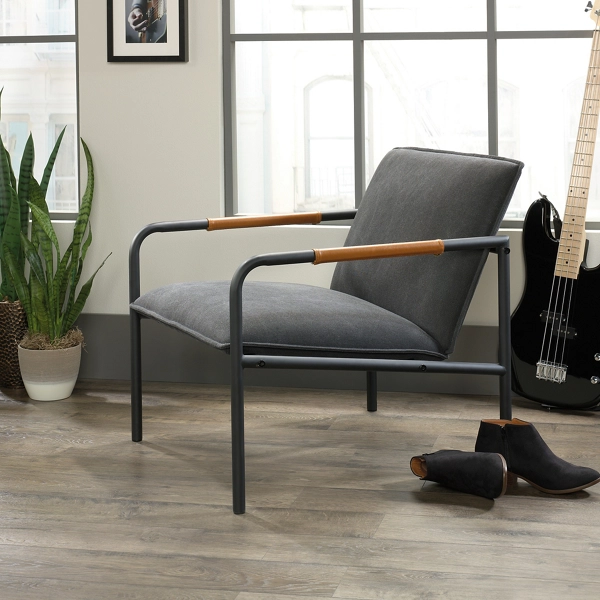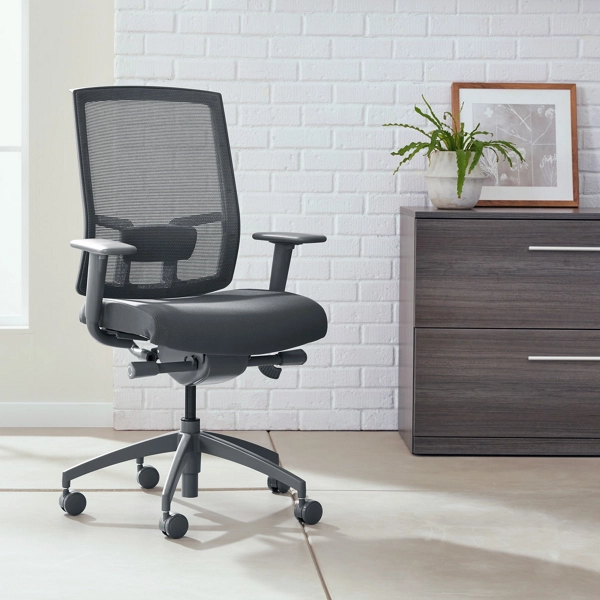Wondering how to inspire employees to return to the office? Your workstation design might be the answer. According to the 2022 Gensler US Workplace Survey, workers cited the ability to “focus on their work” as the number 1 reason to work in the office.
Employers have also been learning more about not only how to get teams in the office but also how to get the most out of workers return. Want to create an office that makes remote workers want to come back? A recent Forbes piece tells you how. “Inspire, enable, and empower them to co-create a culture and office experience they want to be part of."
Let’s talk about ways that you can harness 2023’s workstation trends to create the ideal space for workers to focus—accented with soft touch-down areas where they can connect and enjoy that hospitality-rich feel—so that they want to spend more time in the office.
Mixing Traditional Workstations With Soft Touch- Down Areas
Soft touch-down areas are smaller seating vignettes, typically outfitted with cushioned ottomans, club chairs, a loveseat, or a small sofa. Post-pandemic, many organizations are incorporating soft seating areas into their workstation planning.
The new hybrid work model has contributed to workers’ changing expectations of what kind of experience the office should provide. The Gensler survey found that in addition to library-like spaces for heads-down work, workers also want comfortable spaces where they can connect—similar to a clubhouse, coffee shop, or boutique hotel.
Top Tips for Furnishing Workstations in 2023
As you outfit or make adjustments to your workstation design, keep these factors in mind for results with the biggest ROI.
Let people work how they want to. Workers want a variety of experiences. Provide them with options so that they can move from space to space. Adjustable-height standing desks allow people to move throughout the day. Soft touch- down areas provide cozy nooks for breaks, collaborative conversations, and an opportunitiesy to experience that lounge-like feeling.
Offer robust ergonomics. Robust ergonomics are one of the amenities the office can provide that the typical home office may not. The more adjustments an ergonomic chair offers (adjustable arms, seat tilt, lumbar support, etc.), the more people will be able to customize the furniture to their body. Sit-to-stand desks offer the ability to move throughout the day, which can provide additional support.
Provide clear differentiation between “spaces for focus” and “spaces for connection.” Include a mix of workstations— either in a panel system (cubicles) or benching (open plan)—-- and soft seating areas. This will help to promote collaboration while also ensuring that an employee’s desk remains an area free from distractions—which might be why they wanted to return to the office in the first place.




0 Comments